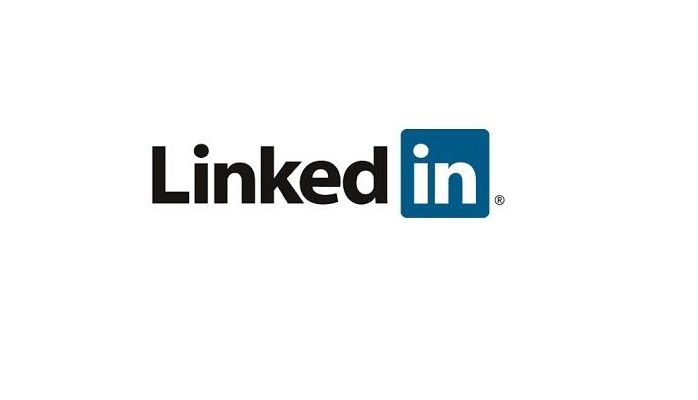Getting the right fit
How Should You Choose Your Marketing Company? It’s something you need to get right, or you are wasting your money.
Here are a few points to consider when choosing a marketing company that’s the best fit for your business and understands your customers.
First of all, who do you sell to? If you want to market your product or service to businesses rather than individuals you will find your needs are different to those selling to consumers.
When you sell your products or service, you are selling solutions to your customers’ problems whether that is helping them to reduce costs or downtime, or increasing productivity and profits. The aim of your marketing should be to communicate your unique solutions to your target customers in the most effective ways possible. And your marketing company can help you to do this if they understand your business and your customers.
Marketing to businesses is a different approach to marketing to individual ‘consumers’. Consumers often buy based on emotion – because they love a particular brand – and they typically pay with their own money. ‘Return on investment’ isn’t usually a factor, and they’re not accountable to a Board of Directors or the Shareholders. As a result, brand and image-focused consumer marketing techniques often simply don’t work in ‘business to business’ markets.
In our experience, there are different approaches – those that focus on the client’s needs, and those that focus on their own needs. A marketing company that focuses on your needs will work with you to develop strategies for generating the greatest number of sales leads at the lowest cost. Those that focus on their own needs won’t talk to you about results, but may try to sell you.
You need to understand at the outset how long do you want the company to be involved, do you want to have someone design you some literature, write some copy or create a website and hand it over for you to manage? or do you want a company to manage your marketing for you as you don’t have the resource in house? Either way be clear in your contracts who owns the rights to your brand, literature, images etc or you may find you think you do but in reality you don’t control your own image and marketing material.
Always remember – you understand your products, and your clients’ needs, better than anyone else. Websites and social media, for example, are just a means to an end – the whole focus of your marketing activities should be on communicating the unique benefits of your products or services to your target customers.


